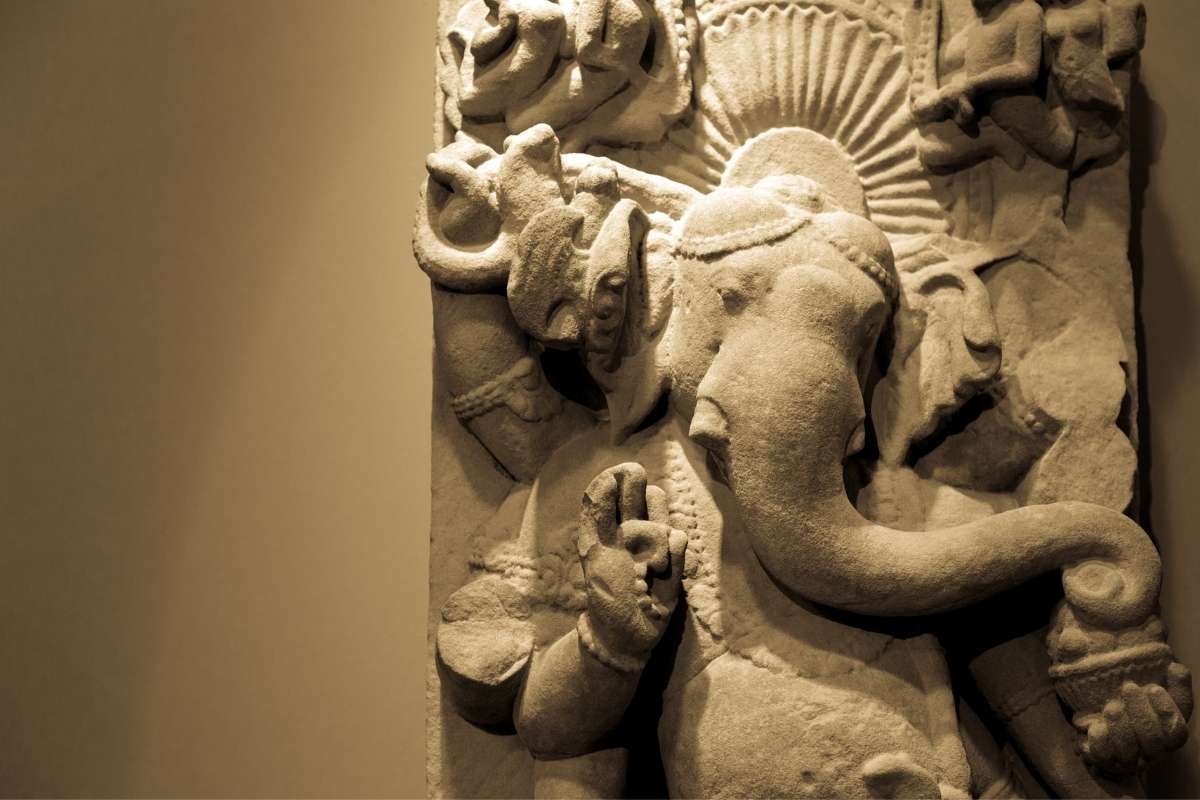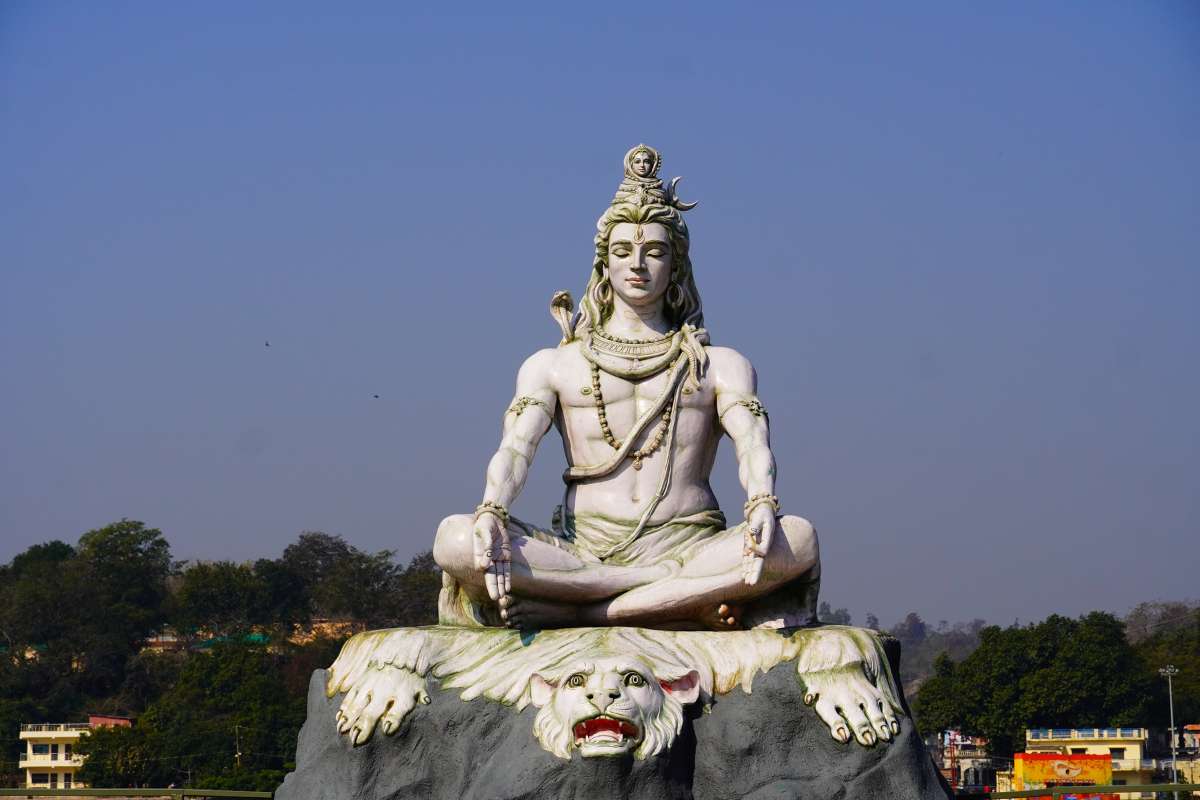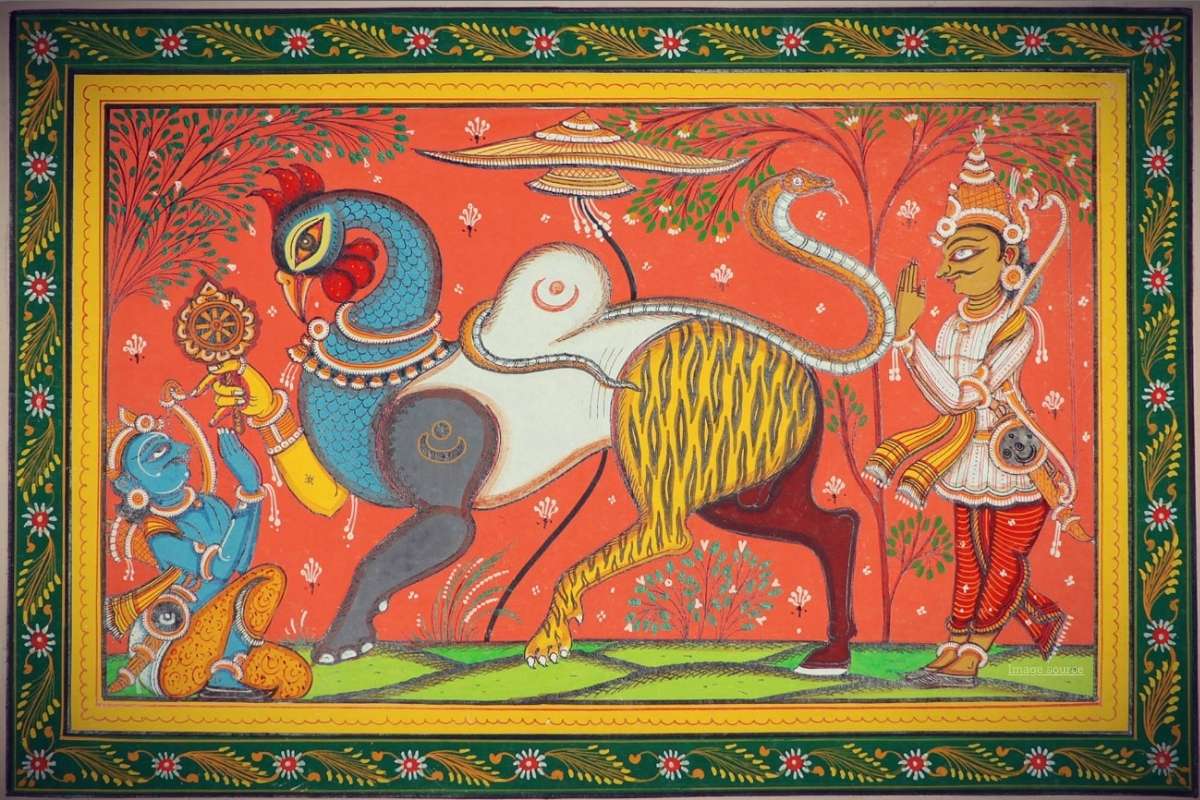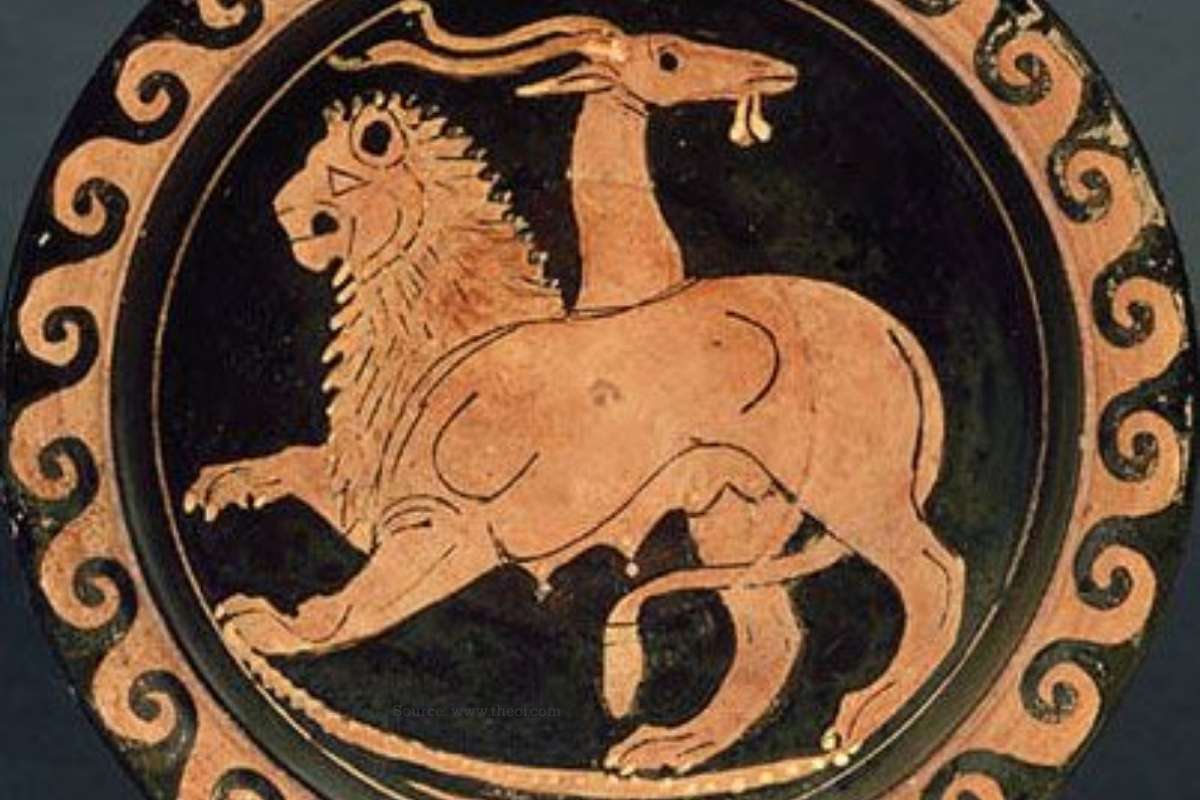Ancient History Meets Modern Medicine in the Journey of Organ Transplants
Organ transplantation, a medical marvel of the modern era, has deep-rooted origins that extend beyond the realm of science. When we look closely at ancient history and scriptures, we find fascinating tales of organ transference, limb replacement, and even the creation of hybrid beings, hinting at a much earlier conceptualization of transplantation than we might expect. Dr. Nilesh Satbhai, a renowned plastic and reconstructive surgeon in Mumbai, reflects on how these ancient narratives can inspire modern medicine’s quest for advancements like chimerism, potentially transforming the future of transplant care.
Transplantation in Ancient History and Scriptures
Across cultures, we find stories and legends that depict transplant-like procedures. These ancient stories, while mystical in nature, offer an intriguing glimpse into the conceptual understanding of organ and body part replacement.
Lord Ganesha is perhaps the most well-known figure in Hindu mythology whose creation echoes the ideas of transplantation. After Lord Shiva beheaded Ganesha, Parvati’s son, Shiva replaced Ganesha's head with that of an elephant, giving him a new life. This tale symbolizes renewal, transformation, and the idea of replacing a body part to restore function — much like organ transplants in modern medicine.

Daksha Prajapati, another significant figure in Hindu mythology, also underwent a form of ’transplantation’. After his head was severed, it was replaced with a goat’s head. This story once again highlights the idea of replacing a critical body part to restore life, drawing an early parallel to the organ transplantation concepts we practice today.

Moving beyond Indian scriptures, we find Navagunjara, a creature from the Mahabharata, which is a chimera-like being composed of various animal parts. Navagunjara’s existence symbolizes the merging of diverse elements into one functioning entity, which can be seen as an early metaphor for the concept of composite tissue transplantation in modern times. Similarly, Greek mythology offers examples of chimeras, creatures with the body parts of different animals, such as the well-known lion-goat-serpent Chimera. These mythical hybrids suggest an early fascination with combining biological elements, a theme relevant to the concept of organ and tissue transplantation today.

The Evolution of Transplantation Concepts: From Myth to Reality
What is fascinating about these ancient stories is how they reflect early human understanding of the body, healing, and regeneration. While mythological creatures like Navagunjara and Chimera were imaginative constructs, they symbolized hope for bodily renewal and transformation—ideas that align with today’s medical advancements.
Organ transplantation as we know it began only in the 20th century, with the first successful kidney transplant in 1954. Yet, the concepts of replacing body parts to heal or restore function had existed for millennia in the form of these stories. As medicine advanced, these age-old ideas transitioned from symbolic stories to scientific possibility.
In recent decades, procedures like face transplants, hand transplants, and composite tissue allotransplantation have emerged, giving new life to individuals suffering from severe disfigurements or injuries. Dr. Nilesh Satbhai, an expert in plastic surgery and transplantation, has been at the forefront of many such life-changing surgeries in Mumbai. With his compassionate approach and skilled hands, Dr. Satbhai has given patients not only physical transformations but also emotional rejuvenation, helping them regain confidence and comfort in their bodies.

The Future of Transplantation: From Chimerism to Eliminating Immunosuppressive Medications
As we look ahead, modern medicine is drawing inspiration from these ancient concepts to push the boundaries of what is possible in organ transplantation. One of the most exciting prospects in the field is the achievement of chimerism, a process by which transplanted tissue integrates into the recipient’s body so seamlessly that it becomes a natural part of their system. This could revolutionize transplant medicine by eliminating the need for lifelong immunosuppressive medications, which are currently necessary to prevent organ rejection.
Dr. Satbhai envisions a future where this level of biological integration can be achieved, drawing parallels to historic beings like Navagunjara and Chimera. In modern medicine, chimerism is already being explored, with studies showing that it may be possible to induce immune tolerance in transplant patients, allowing their bodies to accept donor organs as if they were their own. This development would not only improve the quality of life for transplant recipients but also significantly increase the success rates of organ transplants.
Conclusion: Bridging Ancient Wisdom with Modern Science
The ancient stories of Ganesha, Daksha Prajapati, Navagunjara, and the Chimera serve as fascinating reminders that the human desire for renewal, transformation, and healing has always been a part of our cultural and spiritual consciousness. These examples, while fantastical, encapsulate a profound truth: the yearning to overcome bodily limitations and restore life.
Today, thanks to the relentless efforts of surgeons like Dr. Nilesh Satbhai and the rapid advancements in medical science, these age-old aspirations are becoming a reality. As we continue to push the boundaries of transplantation, there’s a chance that future breakthroughs—like chimerism—may finally free patients from the lifelong burden of immunosuppressive medications, bringing us one step closer to the ancient dream of true bodily harmony.
In the end, whether through literature or medicine, the quest for healing and renewal remains a timeless human endeavor, one that is constantly evolving and offering new possibilities for the future.
If you’re considering reconstructive or plastic surgery, or you’re interested in exploring the possibilities of modern transplantation, Dr. Nilesh Satbhai in Mumbai is an expert you can trust to guide you through your journey.






